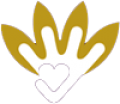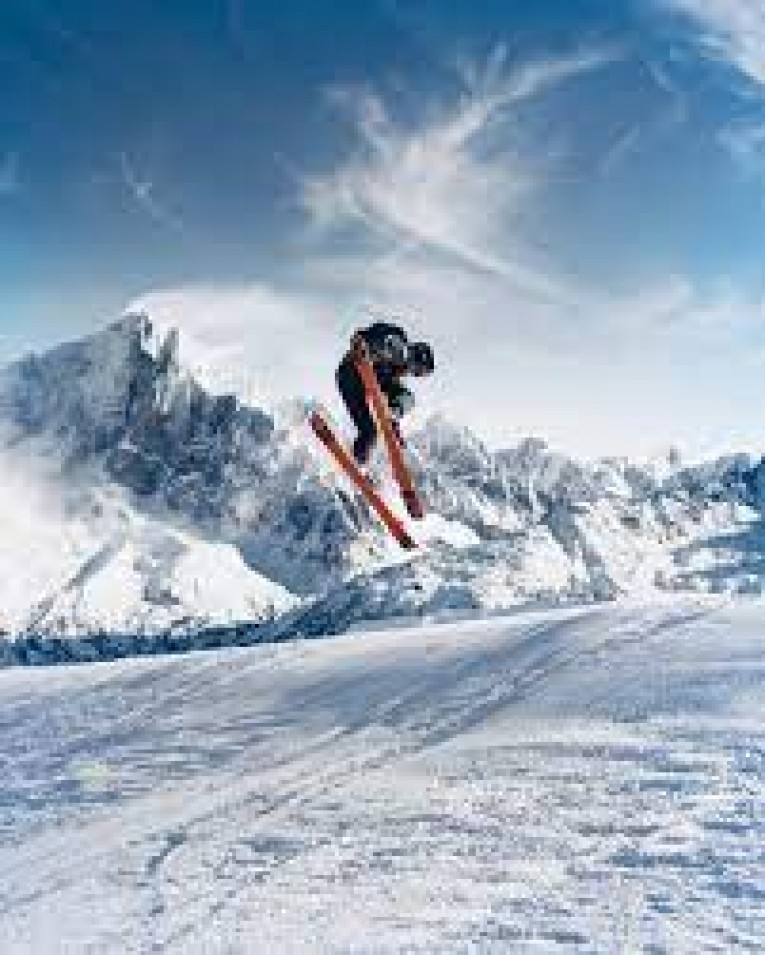Skiing – advice to prevent injury
Winter is here and many of our clients are looking forward to the ski season. For those going skiing or snowboarding, it is important to remember that, unless you have been keeping up regular exercise, you may be setting yourself up for injury. While skiing can be an exciting sport, it can also put a lot of strain on the body, particularly joints and muscles. A preseason check-up is a good idea to make sure your body is in balance before hitting the slopes as this time of year we see a lot of ski and snow related injuries. If you have any back, knee or shoulder pain, visit your osteopath to ensure you are in peak condition.
Most people don’t ski regularly and go from an inactive job to full-on activity involving lifting of skis and boots, twisting getting on and off lifts and working out the knees and hips when skiing. To prevent injury, try some of these tips:
- Build up your fitness before you go – maybe taking the stairs instead of the lift, 20 minutes walking per day or working out at the gym.
- Warm up prior to hitting the slopes by stretching and look after any pre-existing injuries (such as using knee support or brace).
- Take plenty of breaks during the day – especially the initial few days.
- Stretch out at the end of the day, particularly legs, hamstrings and calf muscles and have a warm bath to further relax your muscles.
- RICE – rest, ice, compression and elevation if you do sustain an injury.
Prior to skiing and snowboarding, try to do some quadricep strengthening exercises. The hamstring and gluteal muscles are also important so try some of these strengthening/stretching exercises:
- Quadricep squats: stand against a wall, keeping your back straight, lower so your knees are at 90 degrees – don’t over bend or stress the knees. Hold for the count of 10 and repeat 10 times.
- Hamstring curls: Lie on your front and gently raise your heels to your bottom one leg at a time. Repeat 10 times on each leg.
- Calf stretches: perform these daily to improve flexibility of the lower leg. Place your toe on the end of a step or stair, gently lower the heel and hold for the count of 10. Repeat 5 times on each leg. Don’t bounce as it is a gentle stretch.
- Lunges can also work to strengthen quadriceps, hamstrings and glutes but when lunging be careful not to bend the leg in front more than 90 degrees. Keep your body as upright as possible.
One of the main benefits of seeing an osteopath after skiing or snowboarding is that they can help to reduce pain and inflammation in the affected areas. This can be especially important for people who have been experiencing chronic pain or discomfort, as an osteopath can help to restore movement and reduce the likelihood of further injury. They can also help to improve the function of the affected joints and muscles, which can help to increase mobility and prevent further problems from developing.
Back to blog
